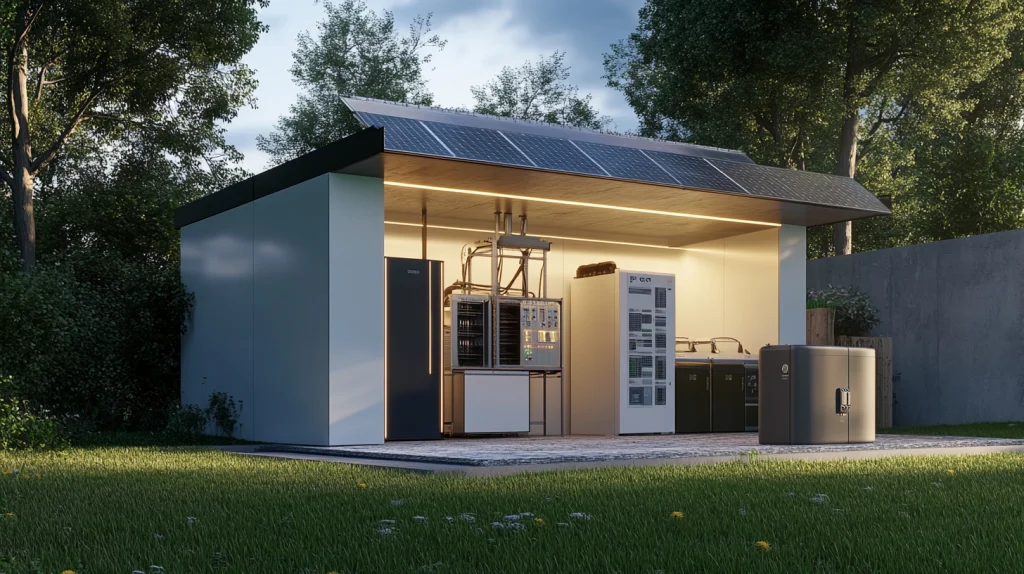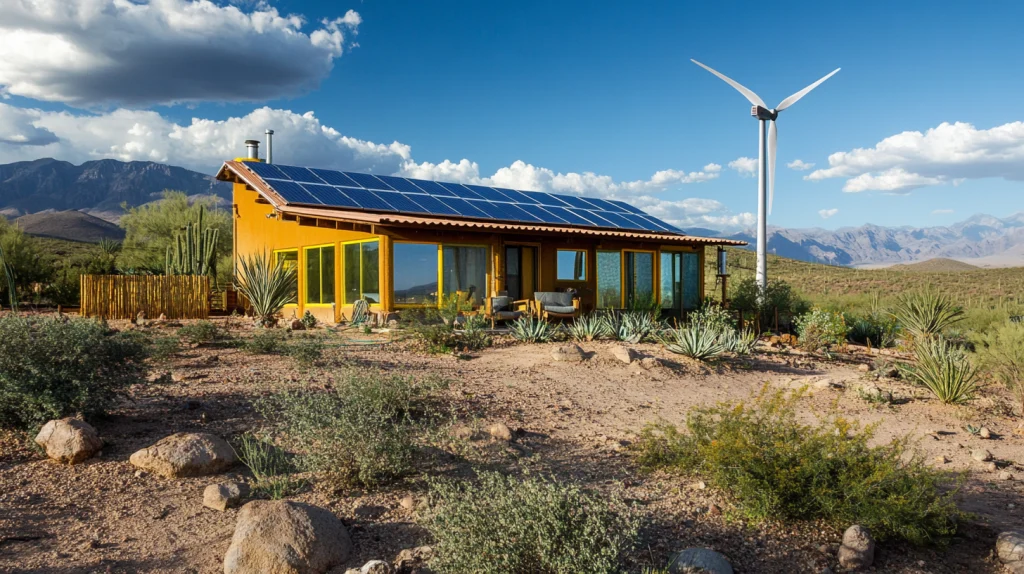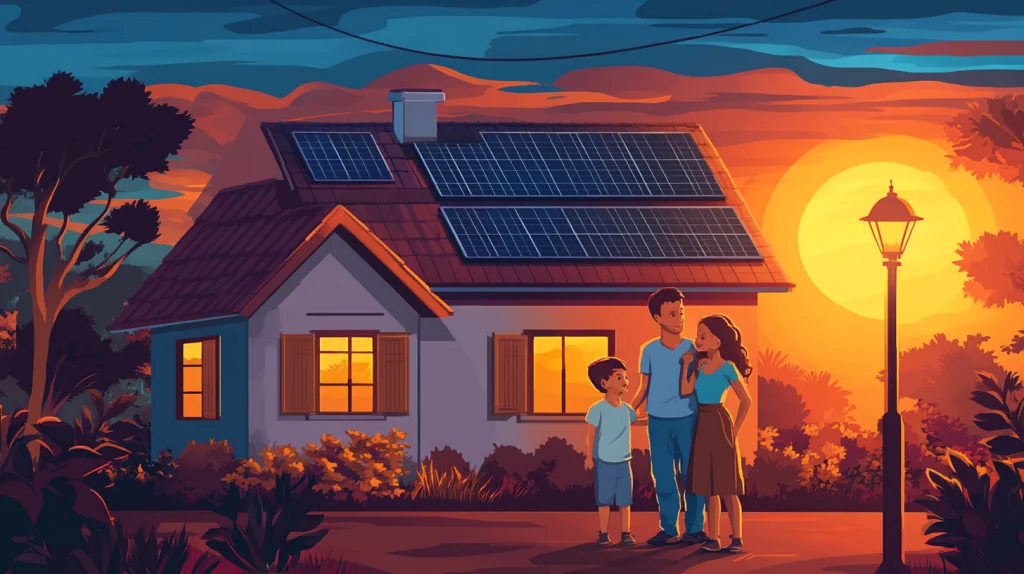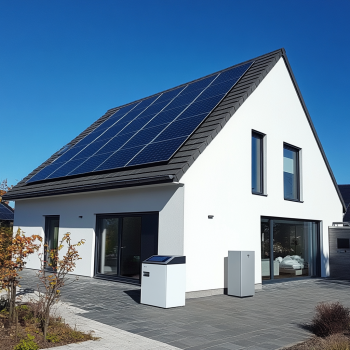Spikes in electricity prices, power outages and growing interest in the environment have led to a boom in home mini power plants in Europe and the US. More and more families are installing solar panels, wind turbines and energy storage devices on their roofs, turning their homes into autonomous energy centers.
From dependence to autonomy: why have mini-stations become popular?
Since the early 2020s, consumers have faced several challenges:
- Rising electricity prices (especially in Europe after the 2022 energy crisis);
- Grid outages (California, Texas, Germany);
- The desire to reduce the carbon footprint.
The solution was home energy systems. Thanks to new technologies, they have become more affordable, more efficient and more compact.
What is included in a home mini power station?
Modern autonomous systems usually consist of:
- solar panels (the main source of energy);
- wind generator (addition, especially in windy regions);
- inverter (converts current for household appliances);
- energy storage (stores energy for night use);
- control system (tracks production and consumption).
One of the leaders on the market is Tesla Powerwall, which works in conjunction with solar panels and allows you to completely disconnect from the grid (off-grid mode).

Examples from Europe and the USA
Germany: the state subsidizes the installation of solar panels. By 2024, more than 2 million homes have become partially or fully autonomous.
USA: California and Texas are seeing active growth in off-grid solutions. Private homeowners are investing in solar panels to survive outages and save money.
France and Sweden: residents use hybrid systems where energy comes from the sun and small wind turbines.

How much does it cost?
The price of a mini power plant varies depending on the capacity and region:
- starter kit (5 kW solar panels + 10 kWh storage): from $10,000;
- payback period — from 5 to 8 years;
- subsidies and tax deductions are available in Europe;
in the USA — federal and local support programs, especially in sunny states.
Advantages and Prospects
- ✔️ Independence from power grids
- ✔️ Lower electricity bills
- ✔️ Environmentally friendly
- ✔️ Increased property value
- ✔️ Possibility to sell surplus to the grid (Net Metering)
According to BloombergNEF, by 2030, every fourth home in developed countries will be equipped with its own mini-station.

Home mini power plants are more than just a fashion trend. They are a step towards energy freedom, a sustainable future and real savings. In 2024, technology allows everyone to become an energy producer, not just a consumer.

Leave a Reply